The use of an orbital sander on drywall can be a great way to quickly and efficiently achieve a smooth finish. However, there are some important considerations to take before using this tool for this application. This article will provide you with the answers to frequently asked questions about using an orbital sander on drywall as well as some useful tips to help you get the best results possible.
Types of Orbital Sanders for Drywall Sanding Projects
Electric Powered Orbital Sander
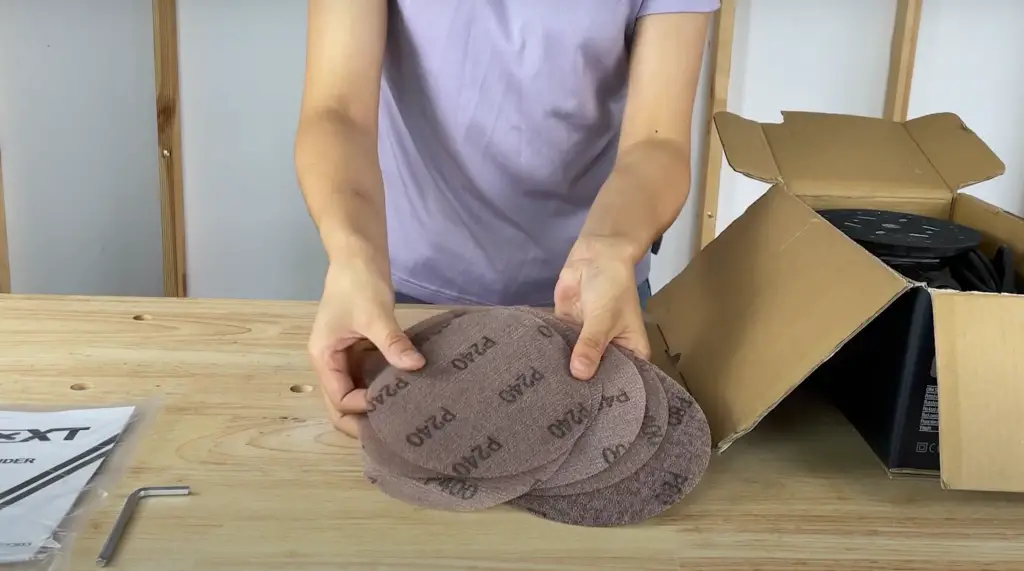
When using an electric powered orbital sander on drywall, it’s important to choose the right grit size of sandpaper. Coarse grit sizes will be great for removing old paint and primer from walls, while finer grits will help you achieve a smooth, finished surface. [2]
Cordless Orbital Sander
A cordless orbital sander is used primarily for light, small sanding jobs. This type of sander is ideal for spots where an electric model may be difficult to maneuver or reach in tight spaces. Cordless sanders are also great for removing paint and primer from surfaces without needing an extension cord. The same considerations regarding grit size should be taken when using a cordless sander on drywall. [2]
Drywall Pole Sander
The drywall pole sander is a great tool for sanding ceilings or walls with limited access. This type of sander features an adjustable head and shaft that allow you to reach up high, as well as providing more leverage when sanding large surfaces. The best grit size to use on a drywall pole sander is usually between 150 and 220 grit. [2]
Portable Belt Sander
The portable belt sander is a great choice for large drywall sanding projects. This type of sander features an adjustable arm that allows you to reach up high and get into tight corners. The best grit size to use with a portable belt sander on drywall is usually between 80 and 100 grit. [2]
Disc Sander
The disc sander is a powerful tool that is great for sanding drywall. This type of sander features a disc-shaped grinding surface and can be used to quickly and efficiently remove old paint and primer from walls. The best grit size to use with a disc sander on drywall is usually between 120 and 180 grit. [2]
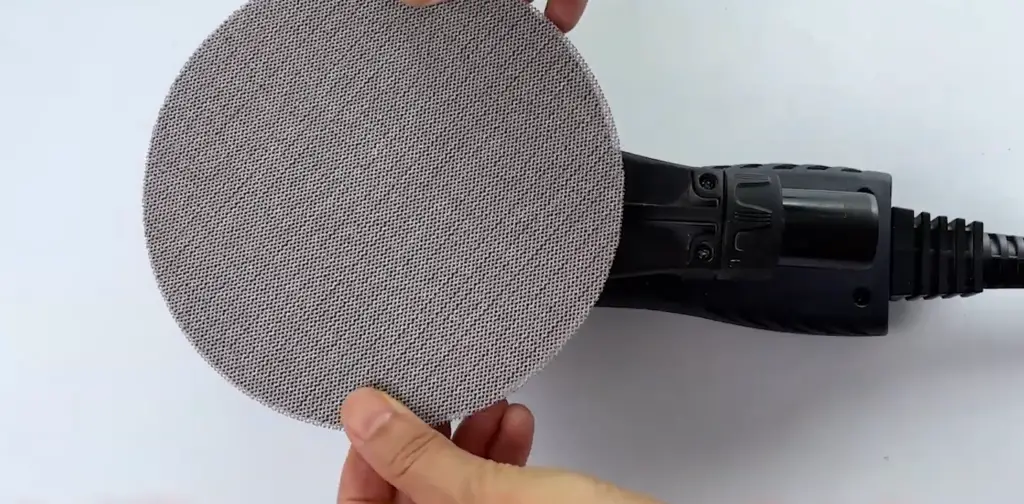
Detail Sander
The detail sander is a great choice for small drywall sanding projects. This type of sander features an adjustable head and shaft that allow you to get into tight corners and crevices with ease. The best grit size to use on a detail sander for drywall is usually between 150 and 220 grit. [2]
File Sander
The file sander is a great tool for sanding drywall in tight corners and crevices. This type of sander features a small, rectangular-shaped grinding surface that can be used to quickly and efficiently remove old paint and primer from walls. The best grit size to use with a file sander on drywall is usually between 80 and 120 grit. [2]
Sheet Sanders
Sheet sanders are great for sanding large drywall surfaces quickly and efficiently. This type of sander features a long rectangular-shaped grinding surface that can cover large areas with ease. The best grit size to use with a sheet sander on drywall is usually between 120 and 180 grit. [2]
How to Use an Orbital Sander on Drywall
Step 1 – Allow The Joint Compound To Dry
Before you start, make sure that the joint compound has completely dried. If it’s not dry, you risk scratching or removing the joint compound when sanding. [1]
Step 2 – Sand With Light, Even Pressure
When sanding drywall, be sure to use light, even pressure when using your orbital sander. Move the sander in an up and down pattern to create a smooth finish. Make sure that your whole arm is behind the motion so that you don’t apply too much pressure on one spot. If you do, it could damage the drywall. [1]
Step 3 – Finish With Fine Grit Sandpaper
Once you’ve finished sanding with the orbital sander, switch to fine grit sandpaper and finish the job. This will create a smooth, consistent texture that is ready for painting. Make sure to dust off any residual debris from the drywall before priming and painting. [1]
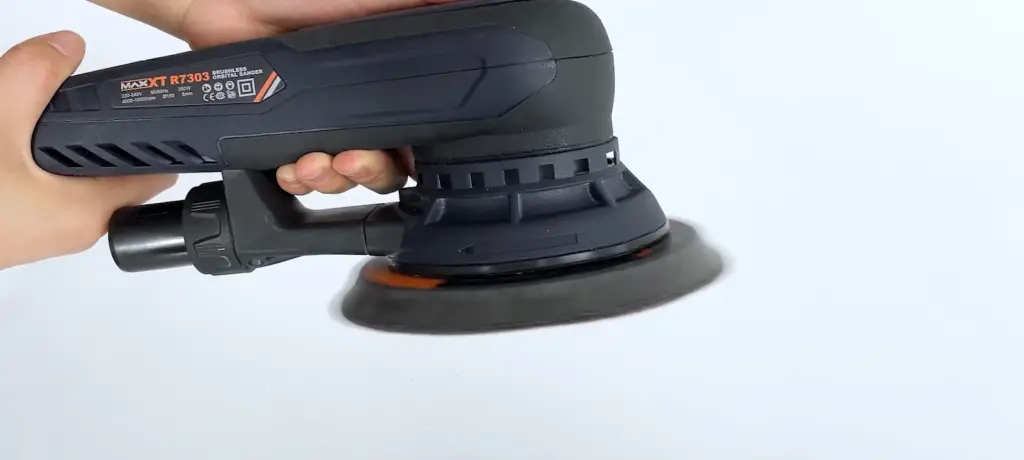
Orbital Sander Grit For Drywall
When sanding drywall, it’s important to use the right grit size. The most common grit sizes used for sanding drywall are 60-grit and 120-grit.
60-grit is a medium grade abrasive paper which removes material quickly. This makes it perfect for removing excess joint compound or uneven patches.
When using an orbital sander, it’s important to keep in mind that finer grits (such as 180-grit or even 220-grit) can clog the paper and prevent it from working efficiently. Finer grits are better suited to hand sanding, so stick with coarser grades when using an orbital sander on drywall. [3]
Apply Light Pressure In Slow, Circular Motions
When sanding drywall with an orbital sander, it is important to apply light pressure and move in slow, circular motions. This will help to ensure that the surface of the wall remains even and smooth after sanding. As a general rule, start with a low grit sandpaper such as 80-grit for coarse sanding and finish with a finer 120-grit for smoother surfaces. Additionally, do not press too hard on the sander as this can cause damage to the wall and create an uneven surface. You should also be aware of any existing cracks or holes in the drywall that may need special attention when sanding. [3]
Prepare For Painting
Once your drywall is clean and ready to go, it’s time to move on to the next step in preparing for painting. Painting primer should be applied before any paint color is used. Primer will ensure that the paint adheres better and provides a longer-lasting finish. A good quality painter’s tape can help you to protect baseboards and other surfaces from any stray paint.
Using an orbital sander is a great way to prepare the wall for painting. The sanding paper or disc will remove any minor imperfections in the drywall surface, leaving it smooth and ready for primer and paint. When sanding, always make sure that the sander is set to the lowest speed setting and that all sanding discs are changed regularly to ensure that they remain grit-free. [3]
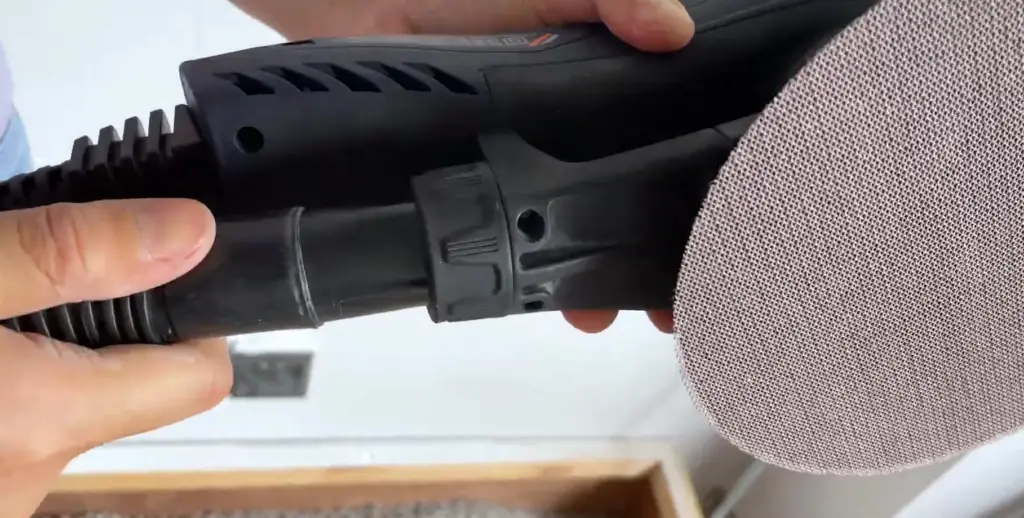
When Can You Use Orbital Sander On Drywall?
Sanding Patches and Rough Areas
When you need to sand down patches and rough areas on your drywall, an orbital sander is a great tool for the job. Whether it’s a small patch or a larger area, an orbital sander can be used to quickly and accurately reduce the height of any irregularities in your wall.
You should first assess what type of sandpaper is needed for the job. Sandpaper can come in a range of different grades, from coarse to fine. Coarse sandpaper should be used for larger patches and rough areas, while finer paper will be best for smaller patches and smoothing out surfaces. [2]
Resanding Drywall that Has Already Been Painted
If you need to re sand your drywall after it’s already been painted, an orbital sander is also a great tool for the job. However, with this type of project, you should take extra precautions. Start by using an appropriate grade of sandpaper – preferably one that is finer than what was used previously for the initial sanding. You should also ensure that you don’t apply too much pressure as it can cause the paint to come off, resulting in extra work to repaint your wall. [2]
Skimmed Mud Joints that Have Been Properly Finished
In some cases, you may want to use an orbital sander on a skimmed mud joint that has been properly finished. While this is possible, it’s important to note that the drywall should be completely cured before any sanding takes place. If not, you risk damaging the material.
When using your orbital sander on a skimmed mud joint, you should be extra careful not to apply too much pressure. While the sander is designed to sand down surfaces quickly and accurately, it can also cause damage if used incorrectly. As such, always take your time and focus on getting an even finish. [2]
When Not To Use Orbital Sander On Drywall?
Onto Raw Drywall Paper
It is not recommended to use an orbital sander on raw drywall paper. Doing so can lead to a great deal of dust and dirt particles being created in the room, as the sander will throw these bits out with its abrasive action. This may also lead to damaging the drywall paper, which will require patching or replacing if it is too badly torn.
It is best to prime the walls prior to sanding, as this will help protect the paper and also make it easier for the sander to smooth out any imperfections without damaging them. [1]
Unfinished Skimmed Mud Joint
It is also not recommended to use an orbital sander on unfinished skimmed mud joints. The reason for this is because the sander may cause chunks of mud to fly out, which can make a mess in the room and also damage any nearby surfaces.
If you must sand these areas, it is best to cover up any nearby furniture and other items with a cloth or sheet for protection. Additionally, it is best to use a very fine grit sandpaper to minimize the amount of dust created. [1]
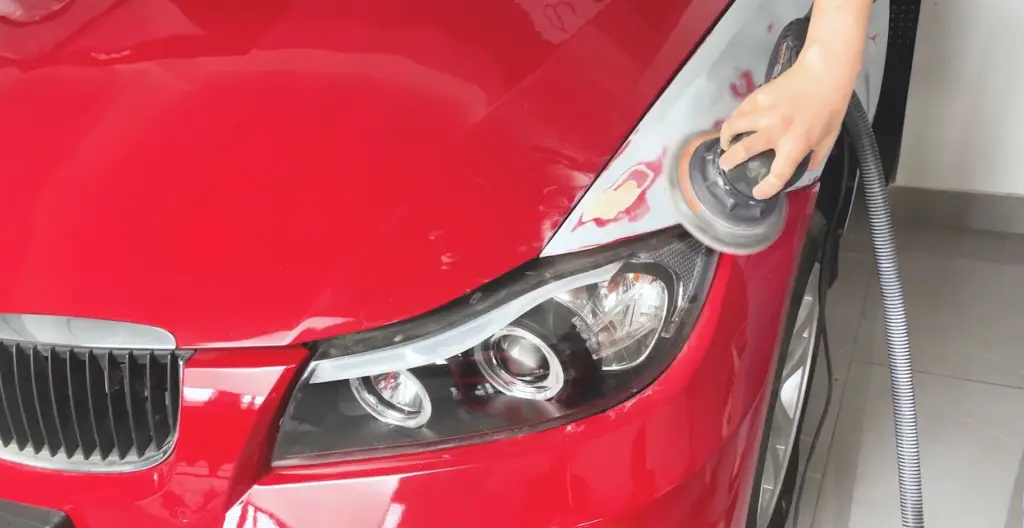
Pros And Cons Of Using An Orbital Sander On Drywall
Using an orbital sander on drywall can be a great option for finishing surfaces.
Pros:
- Faster sanding than hand sanding
- Easier to reach difficult areas
- Less dust and debris created when using an orbital sander
Cons:
- Potential to cause damage if the sander is not used correctly or with care
- Can create a lot of noise that can be disruptive in residential areas [3]
Orbital Sander Vs. Hand Sanding
When it comes to sanding drywall, an orbital sander can make the job a whole lot easier than hand sanding. It’s important to understand the differences between these two options before deciding which tool is right for your project.
An orbital sander has a round, vibrating head that moves in an oval or circular motion, which makes it faster and easier to use than a regular hand sander. The sanding head is also smaller in size compared to a standard hand sander, so it can reach tight corners and edges more effectively.
An orbital sander is also much lighter than a hand sander, making it easier to maneuver around the wall. On the other hand, a regular hand sander is heavier and doesn’t have the same maneuverability as an orbital sander. [3]
FAQ
Is power sander better than hand sanding for drywall?
Yes, power sanders can be more efficient than hand sanding when it comes to drywall. An orbital sander is a type of power sander that works great for the job. It vibrates in small circles and is easy to control. This makes it ideal for getting into corners and along edges without creating too much dust or gouging the wall.
What grade sanding for drywall?
For drywall, you’ll want to use a medium-grit sandpaper. This will allow you to buff out imperfections without damaging the surface. For heavier sanding jobs, start with a coarse-grit paper and then step up to a finer grit.
What is a better way to sand drywall?
Using an orbital sander is the best way to sand drywall. It’s easy to control, and can quickly smooth out any imperfections or bumps in the wall without creating too much dust. You can also use a corner sander for tight corners and edges. Just make sure that you’re using the right-sized paper for the job and following safety precautions.
What is the best tool for drywall sanding?
The best tool for drywall sanding is an orbital sander. This type of power sander is easy to control and can quickly smooth out imperfections. It’s also great for getting into tight corners and along edges without creating too much dust or gouging the wall.
Is it worth buying a drywall sander?
Yes, if you have a lot of drywall sanding to do. An orbital sander is the best tool for the job and can save you time and energy in the long run. Make sure to use the right-sized paper for the job and follow all safety precautions when operating a power sander.
Should I use a drywall sander?
It depends on the job. If you’re just doing small touch-ups, using a hand sanding block may be more than sufficient. For larger jobs, however, an orbital sander can save you time and energy and do a better job of buffing out imperfections without damaging the surface. Just make sure to use the right-sized paper for the job and follow safety precautions.
How do you sand drywall without sanding it?
If you’re looking to smooth out bumps and imperfections in drywall, without actually sanding it, you can use a putty knife or spackling compound. This is especially useful if the area you’re working on is small. Just make sure that all of the material is packed in tightly and that it dries completely before painting. For larger jobs, an orbital sander may be a better option.
Useful Video: Drywall Sanding Orbital Sander w/ Vacuum
Conclusion
In conclusion, an orbital sander can be used on drywall but with certain precautions. You should use a light touch and go slowly to avoid gouging the wall. Select the right grit sandpaper for your job, and always wear safety gear such as protective glasses or a face mask to keep dust out of your eyes and lungs. With the right approach and care, you can use an orbital sander to get a perfect finish on your drywall. Good luck!
References
- https://toolsowner.com/orbital-sander-on-drywall
- https://evolvinghome.co/orbital-sander-on-drywall/
- https://handyworkshop.com/can-you-use-orbital-sander-on-drywall/






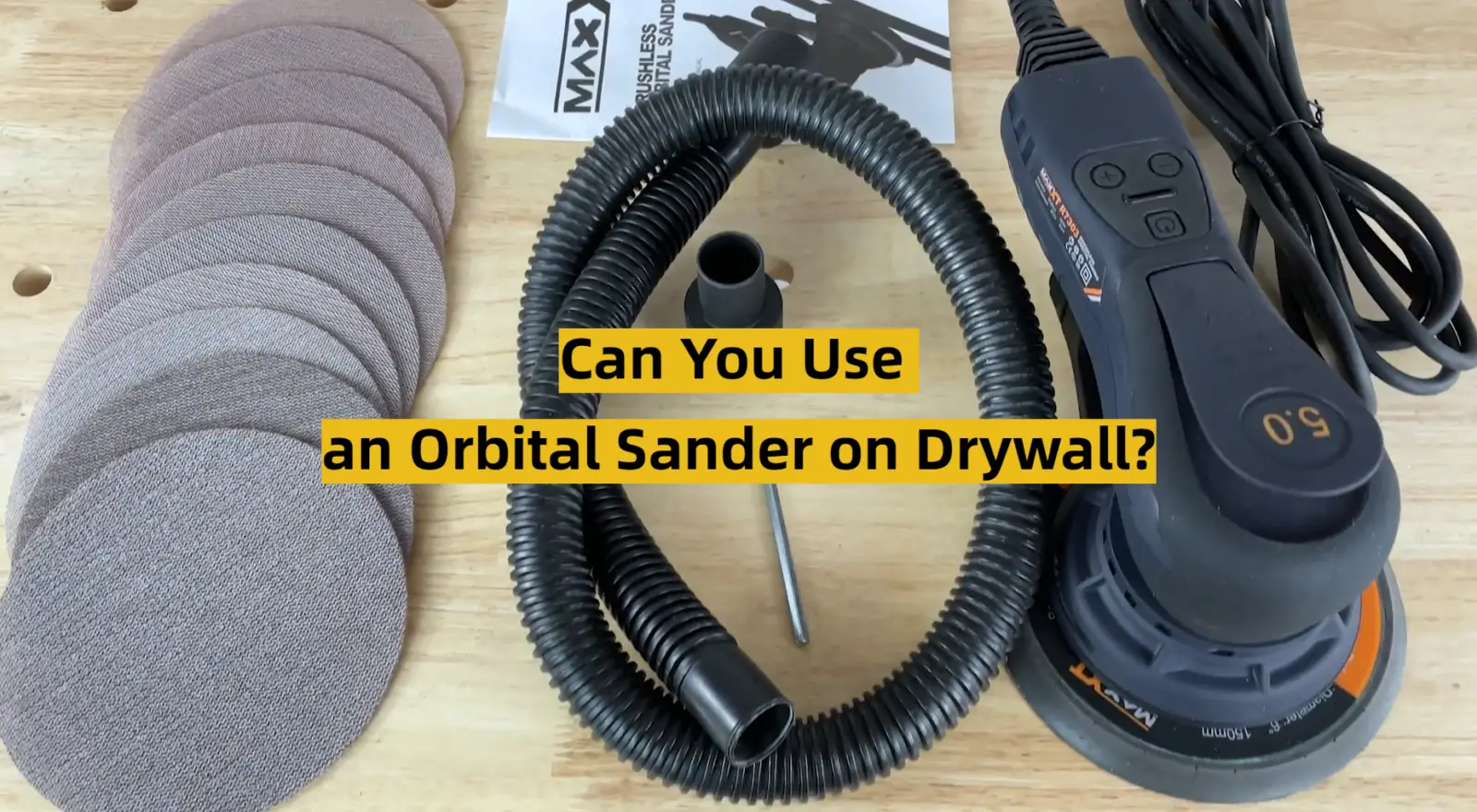




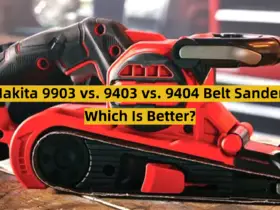
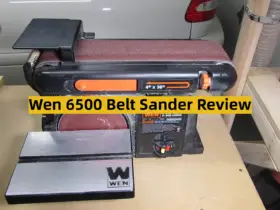
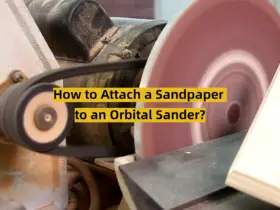
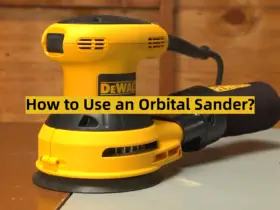
Leave a Reply